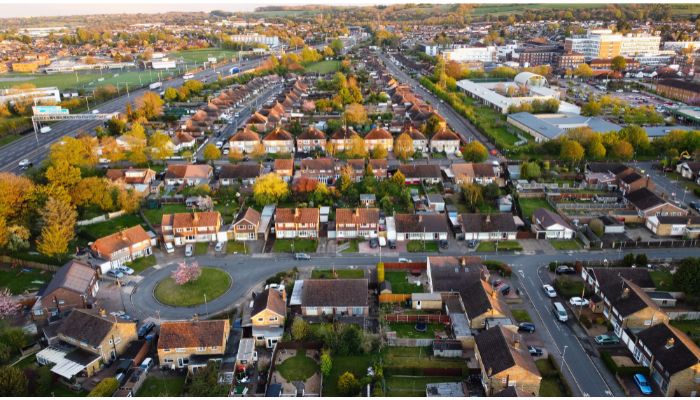
The heat is beginning to dissipate from regional hotspots as some of the popular markets already succumbed to the nationwide downturn in the housing market.
This was according to CoreLogic’s latest Regional Market Update, which found that around six of the 25 largest non-capital city regions outpaced the wider downturn and recorded a price decline of more than 6% in the last quarter.
House values declined 11.7% in Richmond-Tweed, 7.1% in Shoalhaven and Sunshine Coast, 6.4% in Gold Coast, 6.1% in Illawarra, and 6% in Newcastle and Lake Macquarie.
Only three markets of the 25 that were analysed defied the overall downturn, with house values in Central Queensland, South Australia’s South East, and Western Australia’s Bunbury recording marginal to no growth over the period.
New South Wales’ regional markets were the worst for the period across a range of different metrics.
For instance, Southern Highlands and Shoalhaven recorded the largest decline in sales volumes at 27.5% and the highest vendor discounting rate at 4.9%.
Meanwhile, the New England and North West region clocked up the longest time on market at 43 days.
Cooling also apparent in unit markets
CoreLogic’s Regional Market Update also shed light on the cooling of the unit markets — 14 of the 16 regions analysed witnessed a quarterly decline in median prices, more than double the number of regions that reported a decline during the previous quarter.
Southern Highlands and Shoalhaven recorded the largest quarterly fall in unit values at 7.7%, followed by Sunshine Coast (6.0%), NSW’s Hume region (5.5%) and Richmond-Tweed (-52%).
Townsville and Richmond-Tweed were the only regions to record a decline in unit values over the past year, down -2.6% and -0.2% respectively.
The two markets that reported strong gains in unit values were Cairns and Toowoomba. The median price in these Queensland markets reported annual gains of 18.9% and 17.4%, respectively.
Queensland regions performed the best during the quarter in terms of some metrics — Mackay-Isaac-Whitsunday recorded the highest annual change in sales volumes at 39.2% while Toowoomba had the shortest time on market at 19 days.
Declines are becoming broad-based
CoreLogic economist Kaytlin Ezzy said the price declines, which were initially seen only across the more expensive capital city and regional markets, have become more geographically broad-based over the three months to October, with 88% of all regional house and unit markets reporting a price drop.
“Consecutive interest rate rises, persistently high inflation, and waning consumer sentiment saw the pace of value declines accelerate across regional Australian property markets,” she said.
While around half of the markets analysed in the CoreLogic study are still seeing houses and units transact faster over the year to October, some properties are now sitting on the market for two to three days longer than they were in the previous period spanning 12 months to July.
“Sales activity has continued to soften over the quarter, with only a few regions, predominantly in northern Queensland, recording an increase in annual sales volumes,” Ms Ezzy said.
Ms Ezzy said this could indicate that the negotiating power across Australian regional markets is gradually transitioning to the buyer.
“While down compared to the previous year, it’s important to remember that last year was one of the busiest sales periods on record, and the majority of regional markets analysed are still recording higher annual sales volumes compared to their previous five-year averages.”
In terms of supply, it is notable that the flow of regional listings has been relatively lacklustre amid the spring-selling season. This kept the total listings levels tight despite a slowdown in sales activity.
“The lack of a typical spring listings surge is positive, in that we are yet to see material signs of a rise in distressed listings,” Ms Ezzy said.
“However, as the cumulative rise in the cash rate approaches the serviceability buffer of 3% which most borrowers were assessed under, we could see an increasing number of regional homeowners come up against affordability pressures in terms of mortgage serviceability.”
—
Photo by Altaf Shah from Pexels.